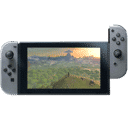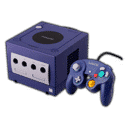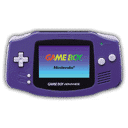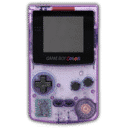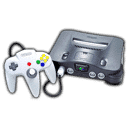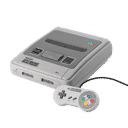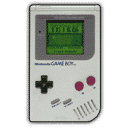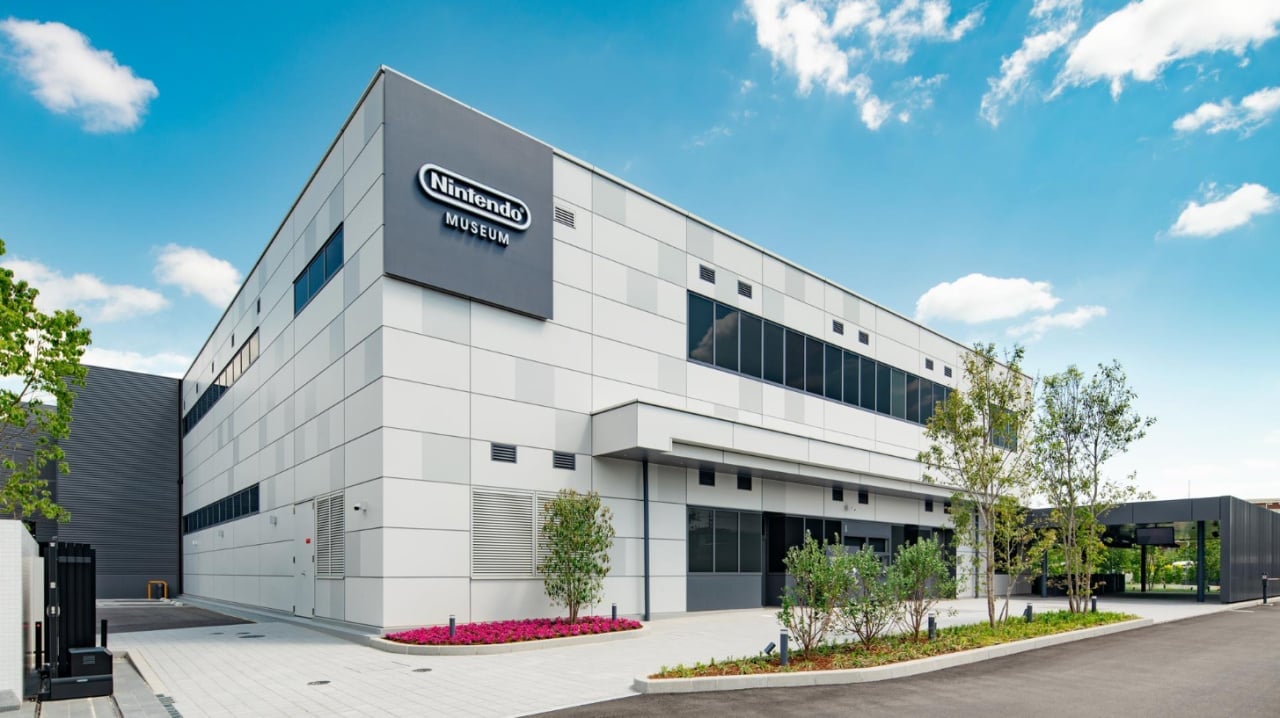
Summary:
Kyoto’s Nintendo Museum has quickly become a dream stop for anyone who grew up clutching a controller, and the Big Controller area sits right at the heart of that appeal. Here, visitors step up to oversized versions of classic pads, stand side by side with a partner, and try to move perfectly in sync while familiar games play out on a huge screen. The result looks silly from a distance and feels surprisingly physical once you grab the sticks and buttons. We walk you through how the Big Controller exhibit works, which systems you can expect to see represented, and how the museum’s coin based play ticket system shapes every decision you make inside. You will also find practical tips on queues, family visits, solo trips, and the best ways to reach the museum from Kyoto or Osaka. By the end, you will know how to make the most of this playful corner of gaming history without wasting coins, time, or energy.
Welcome to Kyoto’s Nintendo Museum and its giant controllers
Stepping into the Nintendo Museum in Uji feels a bit like walking into a living timeline of gaming, and the giant controllers are one of the first things that grab your attention. The building itself stands on the site of Nintendo’s old Ogura plant, where playing cards and toys once rolled off production lines, so the setting already carries a sense of history. Inside, glass cases filled with hardware and memorabilia sit alongside modern interactive areas, and among them the Big Controller experience stands out immediately. Huge versions of classic pads invite visitors to jump onto platforms, grab handles, and work together as if they have been dropped inside the controller itself. Screens above show familiar games running in real time, so every exaggerated movement on the floor translates into a move on screen. It looks lighthearted, slightly chaotic, and very on brand for a company that has always loved playful experimentation.
How the Big Controller exhibit works
The Big Controller exhibit is built around oversized replicas of classic Nintendo pads that require two people to operate. Instead of each visitor holding a separate pad, both players share one gigantic unit, typically by standing on either side and taking control of different parts. One person may handle the control stick while the other focuses on buttons, or both players might need to shift their weight and step on large inputs placed at their feet. That shared control immediately forces communication, laughter, and a bit of friendly blame when a race goes wrong. Every game runs on a large screen in front of the platform, so nearby visitors can watch the chaos unfold as well. The setup is tuned for short, punchy matches that fit within the museum’s coin based system, so you will usually play one focused stage or short race rather than a long marathon. The feeling is closer to a party game on a stage than a quiet session in your living room.
Which classic systems and games you can play
The giant pads pay tribute to several generations of Nintendo hardware, with designs inspired by the Nintendo 64 controller, the Super Nintendo pad, and the Wii Remote in particular. Each oversized unit mirrors the shape and color layout of the smaller original, right down to the iconic A and B buttons or C buttons on the classic three prong controller. The games themselves lean toward instantly recognisable picks that suit short sessions and clear goals. Visitors have reported racing in Mario Kart, dropping pills in Dr. Mario, or tackling other simple arcade style challenges that work well with co operative inputs. The key point is readability: anyone glancing at the screen should be able to understand what is happening within seconds, whether they grew up with these systems or not. That mix of familiar shapes and straightforward gameplay keeps the exhibit welcoming to children, parents, and even grandparents who may only remember touching a pad a handful of times in their lives.
Coins, play tickets and how long each game lasts
Before you can step up to any interactive area, including the Big Controller, you receive a play ticket loaded with a limited number of digital coins. Most visitors get ten coins, while younger children sometimes receive a small set of physical cards that can be traded for certain games instead. Each attraction inside the museum costs a specific number of coins, and the Big Controller area typically sits toward the pricier end of the list because it involves two players and a dedicated platform. That means you need to think about how to spread your play sessions across the different areas. A single round on the giant pads usually lasts only a few minutes, often around the length of a single course or challenge. The idea is to keep queues moving and ensure as many visitors as possible can try the experience. Because you cannot buy extra coins, every tap of the ticket reader becomes a small decision, and it is worth planning your route through the building so you do not run out before reaching this highlight.
Playing the Big Controller games with friends and family
The shared nature of the Big Controller setup makes it perfect for friends and families who already tease each other over racing games at home. Instead of sitting on a sofa, you are suddenly shoulder to shoulder, trying to coordinate jumps, drifts, and item throws while a crowd looks on. Parents often end up guiding children by calling out moves or gently steering their hands, while siblings naturally turn everything into a competition about who messed up the last corner. Because both players have to tap their tickets and spend coins, it encourages a bit of negotiation before queuing. Do you both want to spend your limited coins here, or does one person plan to save some for the shooting gallery next door. That kind of small decision sparks conversation and makes the museum feel more like a shared day out rather than a line of individuals silently working through exhibits. The best runs usually come when both players embrace the silliness, lean into exaggerated movements, and treat each race as a chance to make everyone watching laugh.
Practical tips for first time visitors to the museum
If you have never visited the Nintendo Museum before, a little planning goes a long way, especially where the giant pads are concerned. First, arrive with a rough idea of your priorities and discuss them with your group while waiting outside or in the entrance area. Decide whether the Big Controller is at the top of your list or whether you prefer to warm up with shorter, cheaper attractions first. Keep your play ticket somewhere easy to reach, because you will use it repeatedly at touch points as you move between areas. Comfortable shoes are important too, since you will stand for much of the visit and the platforms around the giant pads involve stepping, shifting weight, and occasionally hopping. Be ready to store bags or loose items while playing, as you will want both hands free. Finally, remember that many other visitors are just as excited and may be nervous about wasting coins, so a little patience and kindness in queues helps everyone enjoy the day.
Getting to the Nintendo Museum from Kyoto and Osaka
The museum sits in Uji, just outside central Kyoto, and is designed to be reachable by regular train lines rather than feeling tucked away. From Kyoto Station, you can usually reach Ogura Station in around half an hour, depending on the line and transfer you choose. Travelers coming from Osaka typically spend closer to an hour on the journey. Once you arrive at Ogura, the walk to the museum is short and straightforward, with signs and a growing number of visitors making the route easy to follow. It is wise to check routes on a transit app before you set out, especially if you are trying to line up a reserved entrance slot with specific trains. Giving yourself a cushion of extra time reduces stress, lets you grab a drink, and leaves room for photos with the outdoor Mario themed decorations before you even enter the building. Treat the journey as the first stage of the day rather than an obstacle, and the experience feels smoother.
Other interactive experiences beyond the giant controllers
While the Big Controller area draws a lot of attention online, it is only one part of a broader network of interactive attractions inside the museum. Nearby, you might find a shooting range style setup where players use classic accessories like the Zapper or Super Scope to hit targets in a Mario themed world. Elsewhere, you can step into a room styled like a vintage living space and swing at balls pitched by a recreated Ultra Machine from the late 1960s. There are also experiences involving the Ultra Hand toy, shadow based Game & Watch play, and poetry themed floors that blend traditional culture with projected imagery. All of these areas share the same digital coin system, so you will constantly weigh whether to use a coin here or save it for another experience. Knowing that the giant pads are just one highlight among many removes some pressure and helps you relax when a queue looks long, since there is always something else nearby that can turn a few coins into a memory.
Visiting with kids, groups and solo travelers
The Big Controller attraction was clearly designed with families and groups in mind, since the hardware physically requires two players to operate. Children often love the exaggerated scale, which makes them feel like they have stepped into a toy commercial. Parents can stand beside them and help, acting as a living tutorial and emotional safety net. For groups of friends, the area becomes a natural photo spot and a place to cheer each other on between matches. Solo travelers need to take a slightly different approach, since the staff will not always have a spare player ready. In practice, many visitors report teaming up with strangers in the queue, which turns a potential drawback into a new social moment. If you are visiting alone and you see another solo guest eyeing the platform, asking whether they want to share a game often works well. Even if you decide to skip the giant pads, plenty of other attractions inside the museum are tailored to single players and still let you tap into nostalgia at your own pace.
When to visit, reservations and how busy it gets
Because the museum is still relatively new and sits at the crossroads of gaming culture and Kyoto tourism, demand can spike quickly. Nintendo uses timed tickets, and certain days or slots sell out faster than others, especially weekends, holidays, and school breaks. If the Big Controller area is high on your list, an earlier time slot can be helpful, since queues often build as the day progresses and more visitors reach the interactive zones. Inside, the limited coin system also serves as a natural brake on crowding, because each visitor can only play a set number of games. Even so, it is common to see a line at the giant pads, both because of their popularity and because every match requires two players and a short explanation. Booking tickets as far in advance as possible gives you a better chance of picking a day that fits your schedule and a time that keeps stress low. Checking official updates before your trip also helps, since operating hours or policies can shift.
Why the Big Controller area captures Nintendo’s spirit
At first glance, the Big Controller exhibit might look like a simple gimmick, but it captures several things that define Nintendo at its best. The playful scale echoes the company’s love of physical toys, from the old Ultra Hand to modern cardboard kits, while the focus on shared control reinforces the idea that games are about laughing together rather than chasing solitary achievements. Using familiar games and shapes keeps everything rooted in nostalgia, yet the execution feels fresh because it makes your body part of the interaction. The exhibit also shows how Nintendo enjoys rethinking its own history instead of simply placing old hardware behind glass. Rather than telling you that a controller was important, the museum invites you to climb onto a huge version and feel how design changes affect play. When you walk away slightly out of breath, still smiling at a missed corner or a last second win, it is easy to see why so many visitors describe the giant pads as a highlight of their trip.
Conclusion
The giant playable controllers at Kyoto’s Nintendo Museum take something familiar and twist it just enough to make the whole experience feel new again. Oversized pads, shared control, and tight time limits transform classic games into quick bursts of laughter and coordination, framed by the story of a company that has been experimenting with play for well over a century. By understanding how the coin based system works, planning when to queue, and thinking about who you want to team up with, you can turn a single session on the Big Controller platform into one of the standout memories of your visit. At the same time, the surrounding attractions, from light gun booths to retro game rooms, ensure that your coins never feel wasted. Taken together, the museum and its giant pads remind you that gaming at its best is about shared moments rather than hardware specifications. If you arrive prepared, curious, and ready to look a little silly, the Big Controller area will reward you with exactly that.
FAQs
- Do I need a partner to play the Big Controller games?
- Yes, the Big Controller attraction is designed for two players, and the large pads are not set up for solo runs. If you visit alone, you can often team up with another solo visitor in the queue. Staff may sometimes help pair people, but it is wise to be proactive and politely ask others in line.
- How many coins does the Big Controller area usually cost?
- The exact coin cost can vary over time, but the Big Controller exhibit generally sits at the higher end compared to some other attractions. Each player must tap their play ticket and spend the required coins, so a single match uses coins for both participants. Check the signage inside the museum on the day of your visit for the most accurate price.
- How long does a single Big Controller session last?
- Sessions are designed to be short and focused, usually covering one race or challenge so that queues keep moving. Expect a few minutes of action after the initial instructions, roughly similar to playing a single stage at home. That might sound brief, but the physical size of the pads and the shared control help make every moment feel intense.
- Can children safely use the giant controllers?
- Many families report that children have a great time on the giant pads, especially when paired with a parent or older sibling. Some platforms may have suggested height or age recommendations, and staff can advise if a child looks unsure. Comfortable shoes and close supervision help keep things safe while still leaving room for energetic movement.
- Are photos and videos allowed in the Big Controller area?
- Photography rules can change, but visitors commonly share images of the giant pads online, which suggests that photos are generally permitted in this area. Flash, tripods, or large equipment may be restricted, and staff might ask you to avoid blocking walkways. When in doubt, check the official signs near the entrance or quickly confirm with a nearby attendant.
Sources
- Here’s A Look At The Giant Playable Controllers At The Nintendo Museum, My Nintendo News, November 16, 2025
- Exhibits – Unique Play Experiences At Nintendo Museum, Nintendo Museum, accessed November 17, 2025
- A Complete Guide To The Nintendo Museum Kyoto, HikeMasterJapan, November 11, 2024
- Visiting The Nintendo Museum With Kids (Kyoto), Tiny Tot In Tokyo, July 24, 2025
- Giant Controllers And Gaming History At Kyoto’s Nintendo Museum, Nippon.com, September 25, 2024


